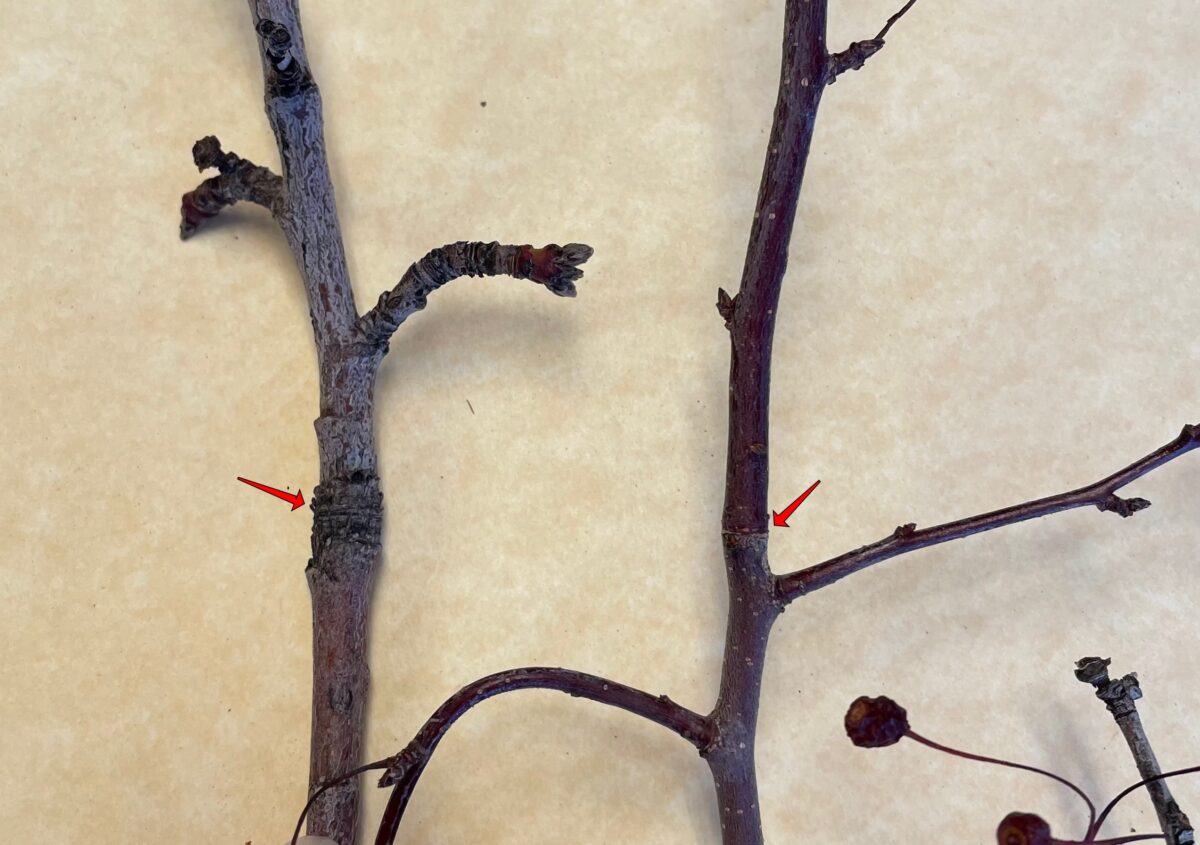Garden Help Desk: Spray for blister mites at budbreak
Question: My flowering pear tree had pretty bad blister mites last year. I’m worried my tree will die if I don’t get rid of the mites this year, so I want to be sure to spray at the right time to kill them. How soon should I spray the tree?
Answer: The time to spray is when you see budbreak on your tree. In coolest parts of the valley, the buds are still tight, but if you’re in a much warmer part of our valley you may see buds beginning to swell.
A thorough spray of dormant oil at bud break will help to reduce the blister mite population. You may still see some blister mite damage this year, but you don’t need to worry that blister mites pose a threat to the health and longevity of your flowering pear; they are really just a minor pest.
The damage we see on our trees bothers us more that it bothers the trees. Doing your delayed-dormant oil spray every spring and a sulfur spray in the fall before the leaves drop will give you pretty good control.
Question: I know fruit trees need fertilizer every year, but when is the best time to start and how often should I do it?
Answer: Most fruit trees need fertilizer once every spring and most fruit trees in our soils only need nitrogen (N). If you’ve never had the soil tested in your fruit tree area, getting a soil test will tell you if you need to include phosphorus (P) or potassium (K).
March is a good time to apply your fertilizer because your trees are breaking dormancy even though you can’t see anything happening yet. Springtime is the time when your trees can make the best use of the fertilizer. Nitrogen applied from mid-summer through early fall can reduce the quality of your fruit and also push new growth that may not be winter hardy.
There are two simple methods for deciding how much fertilizer to use — applying fertilizer based on the age of your tree or applying fertilizer based on the shoot growth (new growth) in the previous year.
To apply fertilizer based on tree age, use 1 ounce of actual nitrogen per year of tree age up to, but not more than, 1/2 pound (8 ounces) of actual nitrogen per tree. You’ll need to do a little math to determine the amount of fertilizer to use. For example: a 5-year-old apple tree should get 5 ounces of actual N that year. Suppose you decide to use ammonium sulfate. You’ll see the numbers 21-0-0 on the bag. Those numbers represent the percentage of N, P and K in the product. 21% or about one-fifth of the ammonium sulfate is N so you would need to apply 5 times the amount of your product. 5 ounces x 5 = 25 total ounces, or about a pound and a half of fertilizer for your tree.
To apply fertilizer based on how your trees grew last year, you’ll need to measure last year’s growth. Look for the most recent terminal bud scale scar (a groove-like ring in the bark, left by the bud at the end of the previous year’s twig) on a few small branches and measure the growth beyond that. You’ll find some examples of these bud scars in today’s photos. Sometimes you can tell the most recent year’s growth by looking at the color of the bark. Most young non-bearing fruit trees should produce about 12 to 18 inches of new growth on their branches each year, but peaches will grow more; more at 12 to 15 or even 18 inches of new growth.
Older trees that are bearing fruit should produce 8 to 12 inches of new growth per year. If your trees are producing shoot growth like that, whatever fertilizer they’ve been getting is enough. If there has been less new growth, your trees will benefit from additional fertilizer. If the growth was much more than this, you’ll want to reduce the amount of fertilizer. The amount of new growth you see this year will help you decide whether to make an adjustment next year.
Granular fertilizers are the least expensive choice for your trees. After you apply the fertilizer, you’ll need to water in the fertilizer if there isn’t rain or snow within a day or two to dissolve the fertilizer and wash it into the soil.







